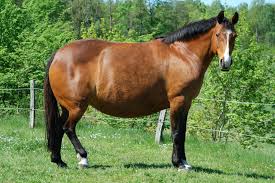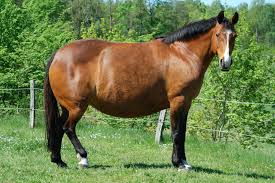In conversations about how much weight a horse can carry, the focus often centers on the rider. But there’s another critical piece that is just as important—the horse’s own body condition. Carrying extra weight puts strain on a horse’s joints, muscles, and internal systems, especially when they are also being asked to carry a rider.
Obesity in Horses: More Than Just a Few Extra Pounds
Horses, like people, can become overweight when their caloric intake exceeds their energy output. While many owners show love through generous feedings or constant access to lush pasture, excess weight puts horses at serious risk for health problems, including:
- Laminitis (founder)
- Insulin resistance and equine metabolic syndrome
- Joint strain and early arthritis
- Poor performance and fatigue
- Reduced lifespan
Just like we wouldn’t expect an out-of-shape athlete to perform at their best, an overweight horse cannot comfortably or safely carry a rider—even if the rider is within the recommended 20% weight guideline.
Riding Demands Athleticism
Riding, even at a walk, is physical work for a horse. Proper movement requires balance, core strength, joint flexibility, and cardiovascular fitness. If a horse is overweight, they often:
- Struggle with proper engagement of the hindquarters
- Have difficulty bending or lifting their back
- Tire more easily
- Show signs of discomfort or resistance under saddle
Keeping a horse at a healthy weight isn’t just about looks—it’s about performance, comfort, and longevity.
It’s Not About Shame—It’s About Care
Just like we urge riders to be mindful of the weight they ask their horse to carry, we also need to ensure the horse’s own weight isn’t compromising their health. This is not about judgment—it’s about doing right by our equine partners.
Good horsemanship means feeding for health, not habit. That means:
- Measuring grain and forage appropriately
- Monitoring pasture access
- Providing regular exercise
- Assessing body condition regularly using a scoring system (ideal is typically 4–6 on the Henneke scale)
A Balanced Partnership
When both rider and horse are in good physical condition, it sets the stage for a safer, more enjoyable ride. Sound, fit horses are better able to carry weight, recover from workouts, and perform with ease. It’s not about restriction—it’s about supporting our horses so they can thrive.


